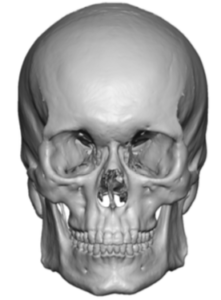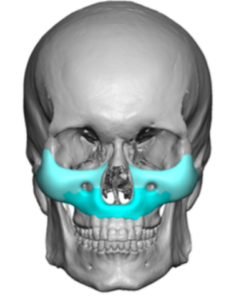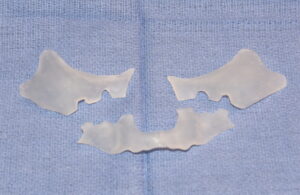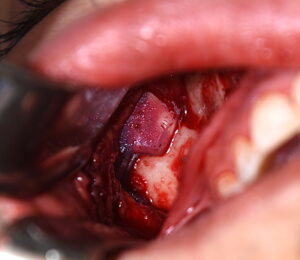Background: Lack of adequate development of the midface is a not uncommon facial developmental deformity and is most commonly seen in certain ethnicities. In its most significant form combined orthodontic-orthognathic surgery approaches are needed to treat both the functional and aesthetic sequelae from a midface that lacks adequate forward projection.
Far more commonly are natural midface deficiencies that are not associated with a malocclusion. (or they have been orthodontically corrected and did not require surgery) These more aesthetic midface deficiencies can occur most prominently at the nasal base or may involve the entire skeletal midface from the infraorbital rim down to the maxillary alveolus.
Aesthetic augmentation of these more complete midface recessions has historically been limited. Localized augmentations are available using standard cheek, infraorbital and pyriform aperture implants. But these do not create a cohesive and uniform augmentation across the entire midface and controlling thicknesses and exact shapes is not really possible The custom midface mask implant approach overcomes these disjointed standard implant issues.
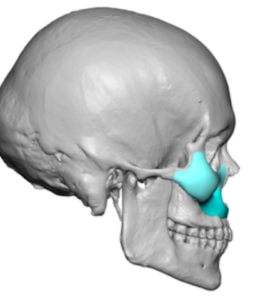
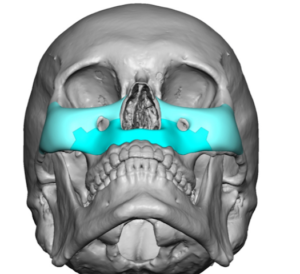
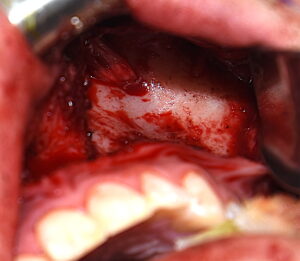
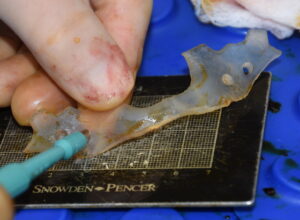
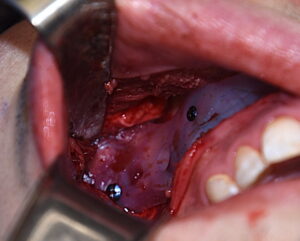
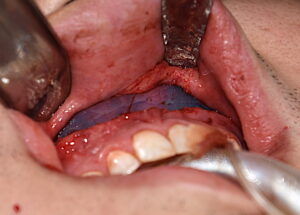
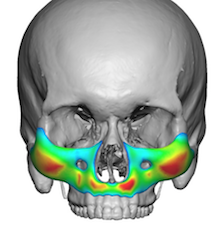
Case Highlights:
1) The entire midface can be brought forward by onlay augmentation of its entire bone surface by a custom implant design.
2) Because of the infraorbital nerve the custom midface mask implant must be designed and placed in three pieces.
3) An exclusive intraoral approach can be used to place the custom midface mask implant.
Dr. Barry Eppley
Indianapolis, Indiana



